79, rue des Archives
75003 Paris
01 40 61 50 50
Visit us
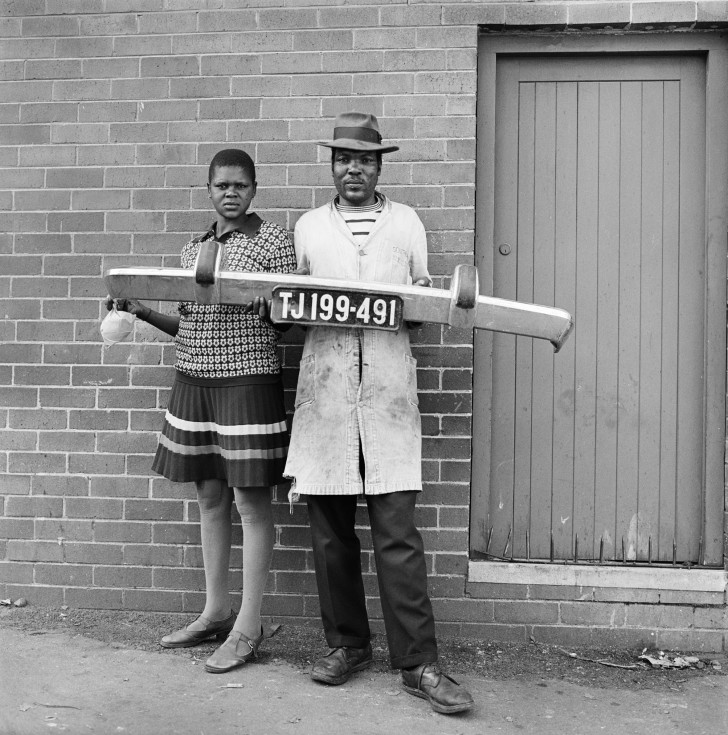
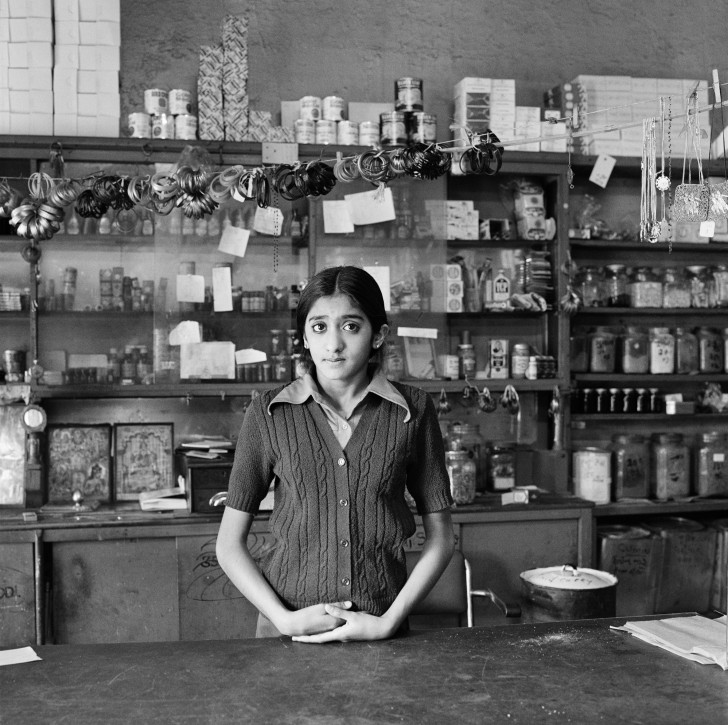
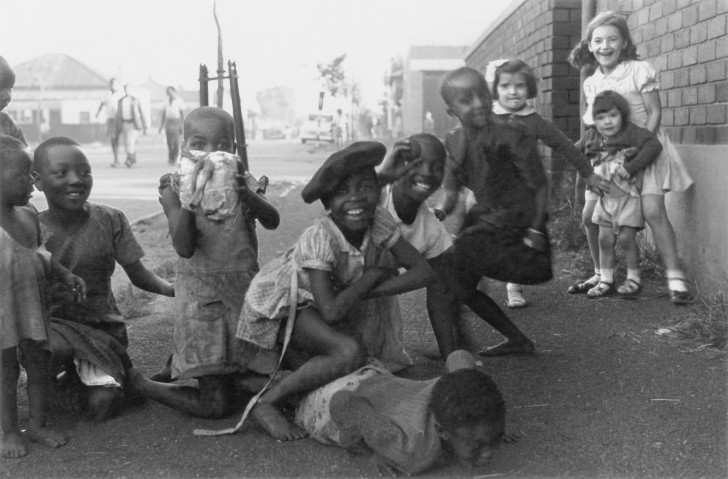
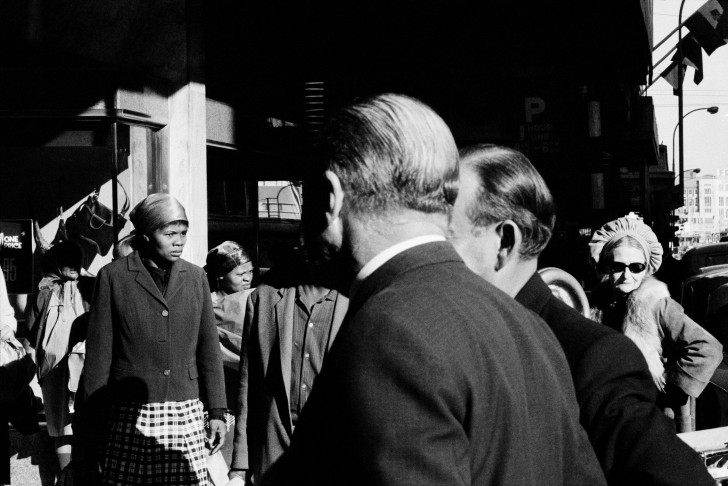
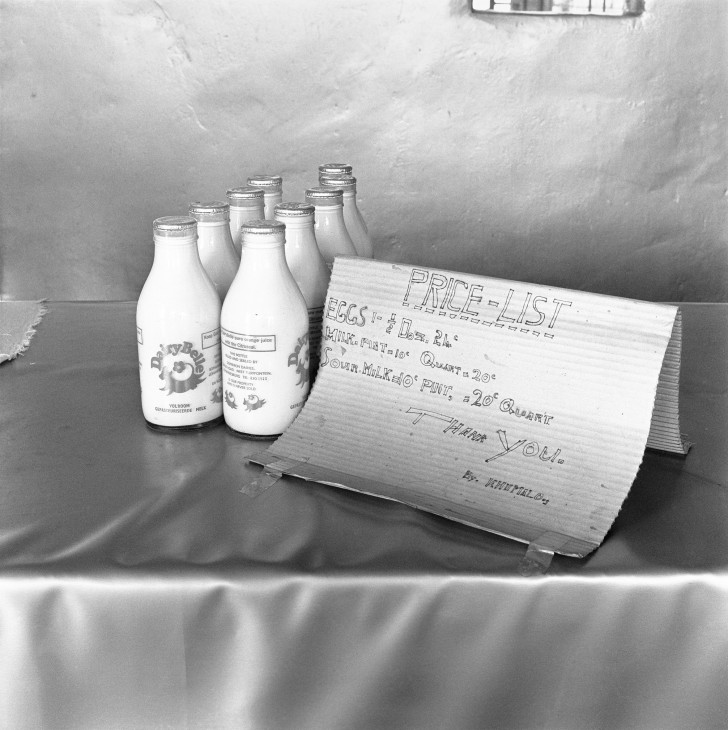
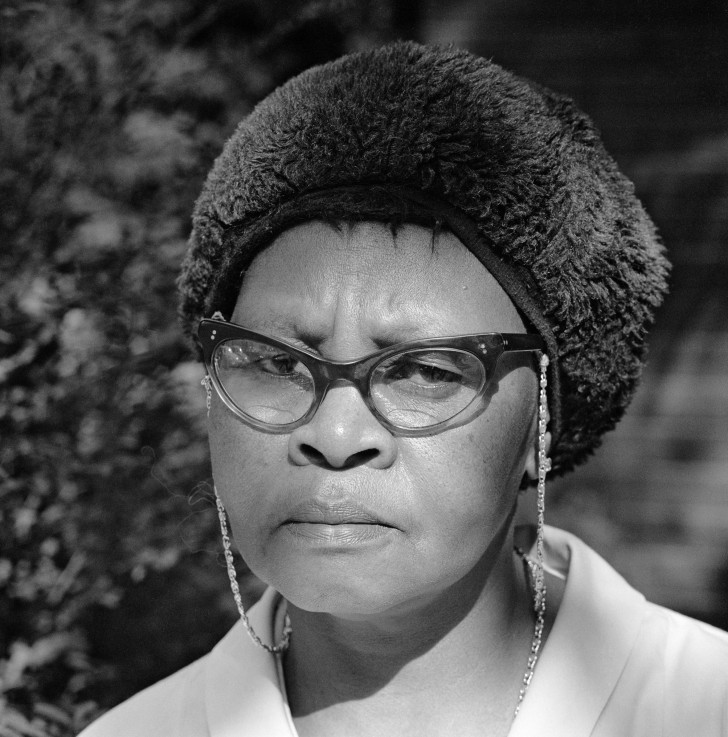
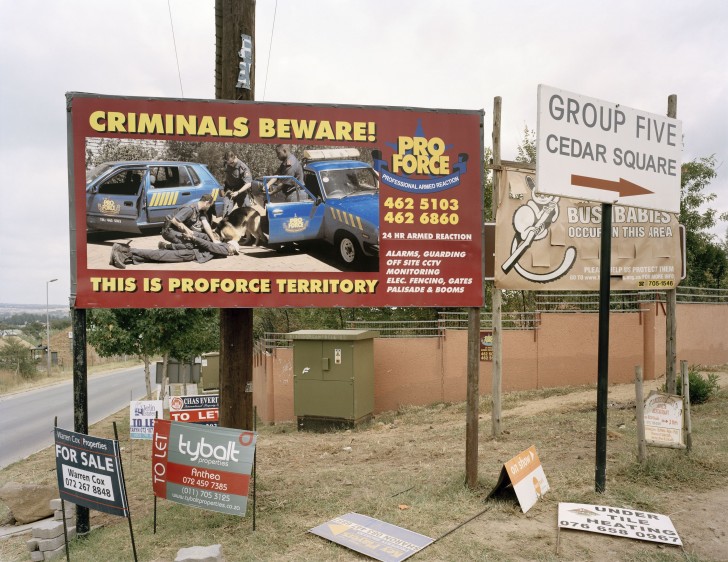
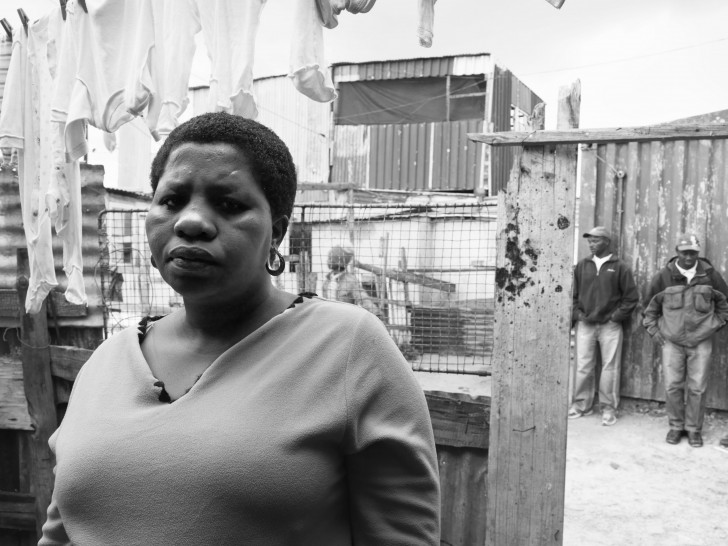
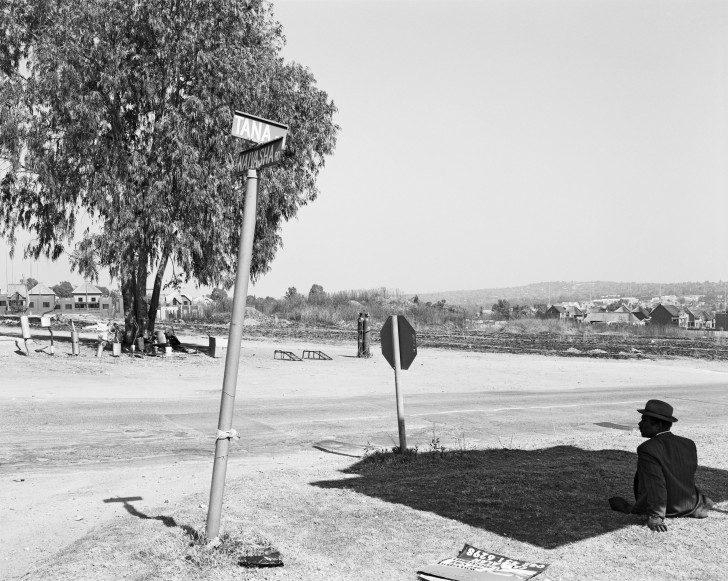
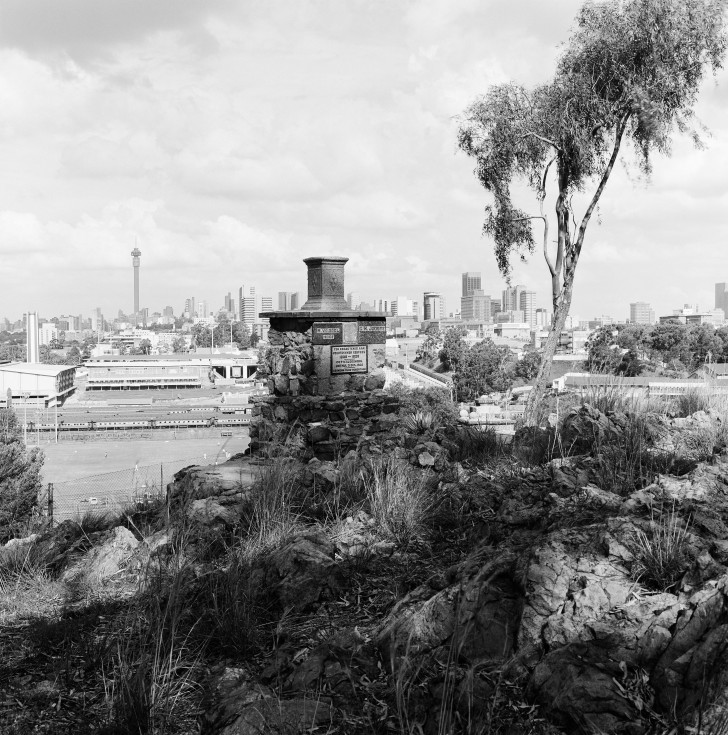
January 12 - April 17, 2011
Johannesburg is a fragmented city. It is not a place of smoothly integrated parts. Almost from its beginnings as a mining camp in 1886 the demography of Jo’burg and therefore its spaces have been deeply fractured by the demand of whites, enforced by law, that people of color be kept at a distance – though not at such a distance as to deny the city their labour and the spending of their income. One of the most damaging things that apartheid did to us, Goldblatt says, was that it denied us the experience of each other’s lives.
In 2009, David Goldblatt won the HCB Award. This fellowship allows him to keep exploring the consciousness of South African society today, looking at the condition of race relations post- apartheid and exploring the intricacies of crime, housing and planning in Jo’burg. It’s his first major exhibition in a Parisian institution.
The first floor of the exhibit is showing Black and White images from TJ (Transvaal, Johannesburg) time, realized between 1950 and 1990 during Apartheid. This selection of 60 prints, all made by the artist, intends to show how David Goldblatt style has changed. Working since the beginning on the same subject, the South African scene, he managed to reinvent himself, using various sizes to seize the changing reality.
The second floor gathers recent work, realized post-Apartheid. In the ex-offenders series, extremely unsetting, David Goldblatt invites them to revisit the scenes of the crimes that led to their incarceration and be photographed there.